Wood is like wine; it just gets better with age and never seems to lose its beauty. Even with the increasing number of modern materials, we prefer wood for our contemporary interiors. But why are interior designers faithful to using wood in their projects? What makes them so passionate about it?
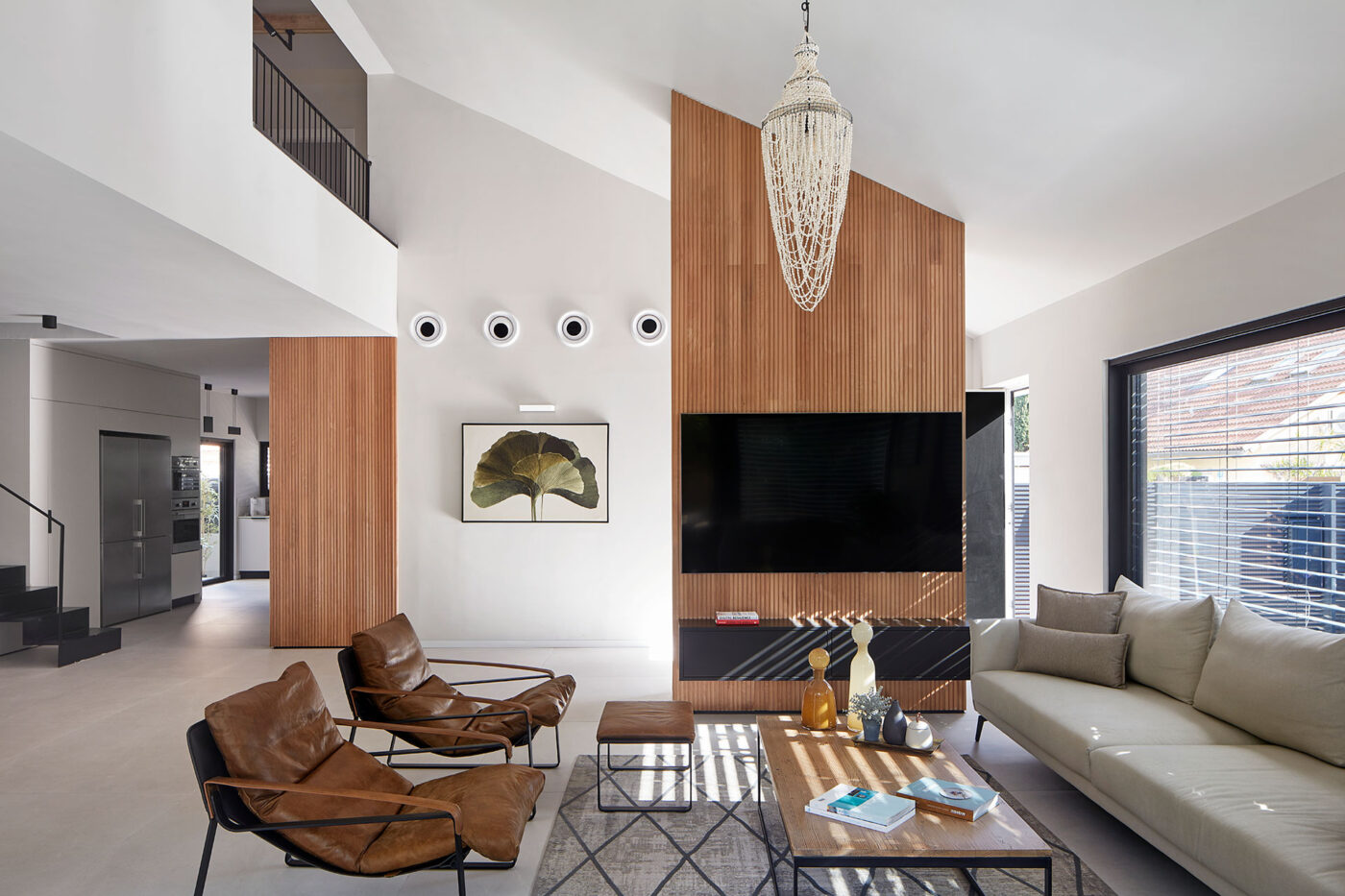
Wood has been used for centuries to create homes and objects that reside inside them – from traditional wooden floors to building-quality furniture.
Alongside the variety of use cases, wood has other fascinating properties:
Combined with the woods’ delicate and warm appearance, these strengths make it the ideal contemporary style interior design and decor material. Over the last years, there has been increasing use of wood in modern design, as sustainability considerations gain importance and biophilic style is trending in interior design.
Plastic has become a widely available material, cheap, easy to process and maintain. However, wood has remained a popular design style material. Wood enriches a space’s interior and is pleasing to the eye adding contemporary flair.
Interior designers and architects have long been passionate about working with wooden materials. As sustainability becomes more important, architects try to incorporate biophilic design principles into architecture and interior design. Adding plants and wooden accents is one of the easiest ways to bring nature into your living space.
However, the contemporary design movement has favoured the use of wood for several reasons, including wood is the perfect complement to other materials mentioned above. Constantly evolving trends inspire employers increasingly choose wood in offices’ open spaces. Because research has demonstrated that similar to the way indoor plants can help ease stress, using indoor natural wood surfaces can also improve physiological health.
It was revealed that 82% of workers who were exposed to eight or more wooden surfaces in their office were either satisfied or very satisfied with their work, compared with only 53% of workers with no wooden surfaces present in their workplace. Wooden interiors, neutral colors and natural elements improve employees’ job satisfaction, stimulate creativity, and increase efficiency.
With our move towards remote working due to the global pandemic, designers have increasingly adopted to create this nature-inspired atmosphere into the home. Wood is being used in contemporary style interior design in several forms, from the entire structure or merely architectural elements and excessive carved details within the home.
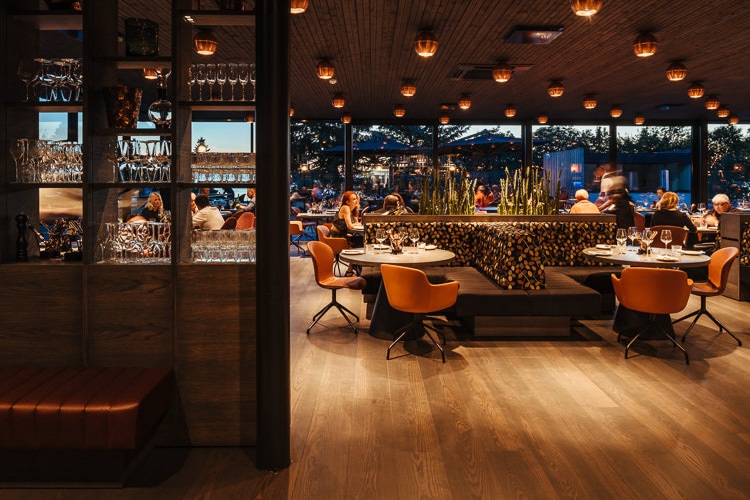
As mentioned above, wood is incredibly durable, making it a favourite of many interior designers. As a natural material, small differences in texture and neutral colors are part of the beauty of wood. It is also one of the natural materials that age very well and is low maintenance. This makes wood suitable both for domestic and commercial spaces. With the right treatment, wood can be used also in wet rooms like bathrooms or spas and also in a contemporary kitchen.
Wood is a natural material and less damaging to the environment than some other indoor decorative materials. Processing wood releases less carbon that can be otherwise harmful to the environment and our health.
Furthermore, wood has outstanding insulating properties, thus incorporating it into your home will ensure space is cooled or heated nicely. Plus, it can absorb excessive noise, making it a better place for your mental wellbeing.
When you compare the benefits of adopting wood in your home instead of its price, you will be amazed. Wood has a very good price and quality ratio to be used in interior design. For example, creating a statement wall in your dining room or enhancing neutral shades in a contemporary-style bathroom doesn’t require much material and the installation is also quick and easy.
Not only is wood aesthetically pleasing, but you can also design and use it in different ways to give charm, warmth, and earthiness to a space. From decking to cladding to flooring, wood is a superb material for many contemporary designers. When used the right way, wood can transform a space into a sanctuary.
Wood surfaces can easily be treated with bold colors to brighten up the interior or sanded to get the original neutral tones back afterwards.
Thermally modified wood has rich tones, making it an alternative to exotic wood.
Besides the soothing properties wood brings to an area, it is one of the natural materials that can be adapted to provide a different look and aesthetic. Combining different profiles allow you to add visual interest and tactile qualities to a room. Timber gives an opportunity to enhance living space with clean geometric shapes or streamlined silhouettes, earthy palettes or bold colors.
Wood can be polished, sanded, painted, and given a glossy finish if needed. From Thermory’s collection, Ignite has a black embossed surface that resembles charred wood but thanks to modern technology, leaves no residue. Drift has an aged, weathered, barn-house look that gives a rustic feeling to a contemporary interior.
Even if you decide not to modify the wood, it can still be crafted into several designs and features that can highlight its features and aesthetic. Wood is perfect to compliment any style, decor and color tone.
Wooden floors typically refer to parquet flooring. A parquet wooden floor provides a touch of elegance and additional warmth in your home. Thermowood flooring panels come in various thicknesses, lengths and widths, all able to add something to your home, office or restaurant.
Wood is ideal for walls and panelling. Whether indoors for a contemporary bedroom or dining room, outside for effect on a veranda, wooden cladding allows you to create a private but beautiful space to look at. Wood is a good material for creating statement walls or structural elements and giving the room an accent. As a natural material, it instantly adds warmth and natural light to an interior.
Classic furniture is typically made of wood, although plenty of plastic options still occupy our homes. It’s thought that wood only has a specific look and colour, yet wood comes in a plethora of colours, finishes and formats.
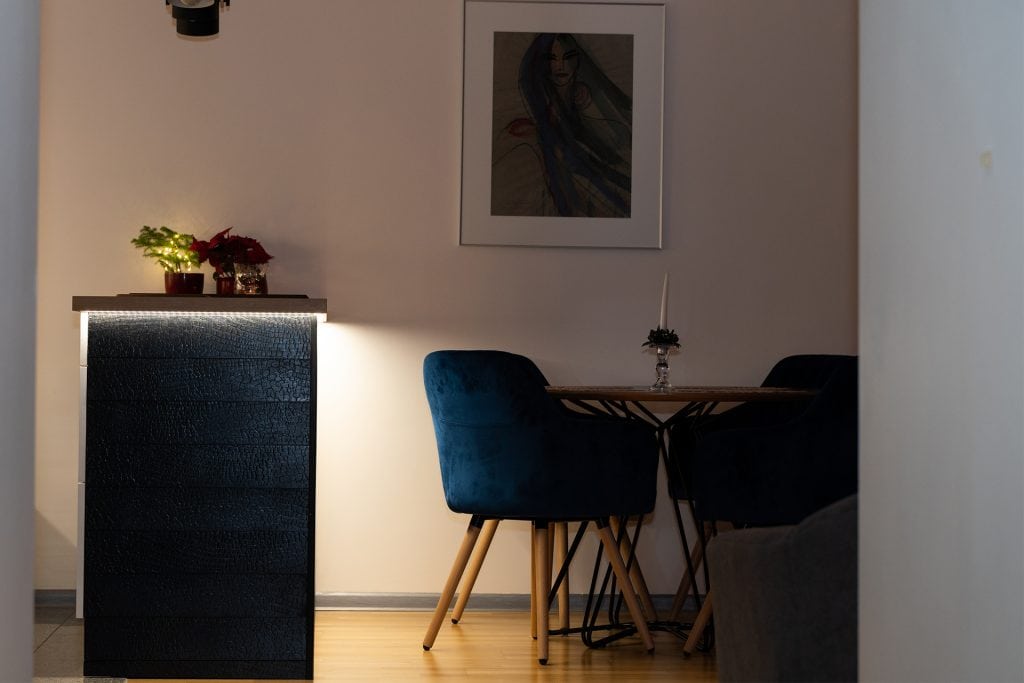
Heavy, wooden beams typically supported the first floor in older houses. In present-day design, they are used as a contemporary design to highlight a room’s interior, not only for a classic look. Actually, modern wood ceilings are now a popular choice for contemporary-style home enthusiasts.
Unless you’re using glass or plastic, an internal door is typically made of wood. Some builders choose to finish interior doors with a layer of paint whilst installing beautiful wood doors to let the wooden structure shine through. This also applies to wooden stairs. A wooden stairway is stunning and low-maintenance, and wood properties last for years.
Wood walls in a sauna give them warmth and inviting appeal. Still, physical appearance is not the primary reason for these wooden foundational elements. The hot, moist air in a sauna would easily damage plaster or drywall, which lacks wood’s resilience and durability. Thermowood varieties are better than other alternatives because it stays cooler and does not get hot to the touch.
When it comes to modern interior design, wood is a classic and timeless material choice that will remain in design styles for years to come.
Wood is versatile and adaptable as a contemporary interior design material. Wood can look rustic and modern, yet still, offer warmth and homeliness wherever it is applied – in a contemporary home or office.
Because wood is this exquisite material with its universal and versatile character, it can easily combine with other materials and textures – this is why it has become so popular for contemporary and modern design.
Why not check out Thermory’s vast array of wooden products to make your contemporary home feel warm and look fantastic.
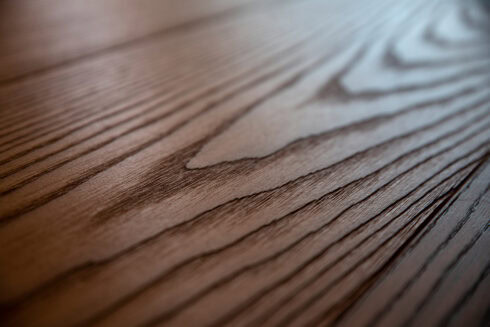
Picture a wood that balances elegance, durability and versatility – a natural material that not only meets your demands but also exceeds your...
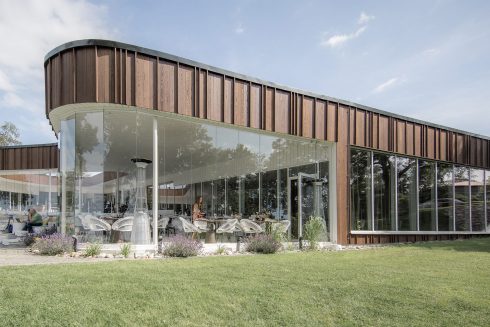
Combining different wood species, finishes and profiles brings variety to any interior or exterior design, delivering a tantalizing injection of texture and...
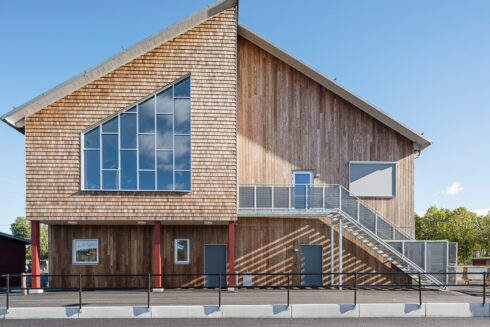
When it comes to designing and constructing educational spaces, choosing the right materials is crucial. There has been a growing trend towards...
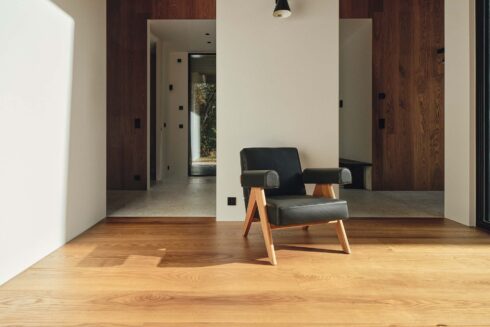
In the world of interior design, trends come and go, but some elements remain eternal, providing a sense of warmth, comfort, and timelessness. Among these...
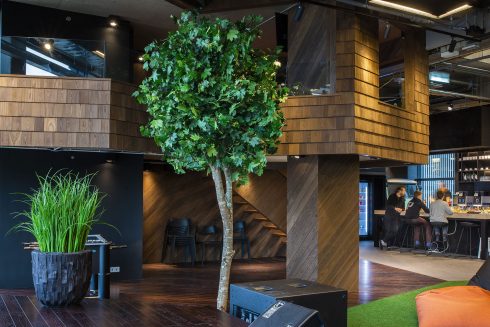
In a world increasingly dominated by sleek, modern designs, incorporating natural elements into your workspace can breathe life and warmth into an otherwise...
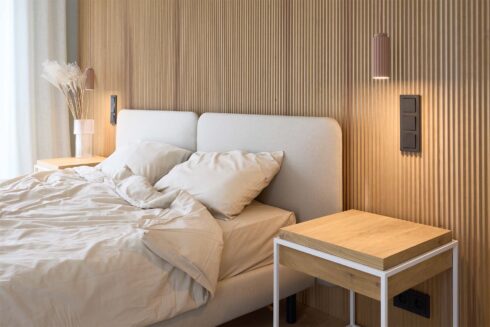
A new high-rise trend has taken over households around the world. Wood slat walls have aesthetic appeal and offer visual interest both indoors and outdoors....
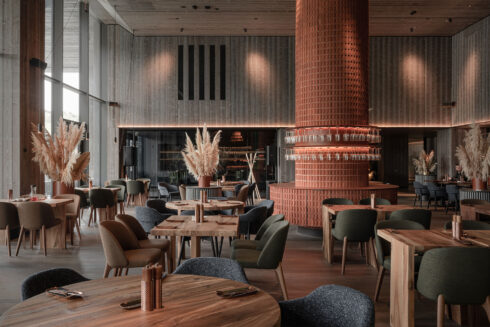
The world is constantly evolving – and with it, the choices we make when setting up our homes to be ideal living spaces. With recent events compelling us...
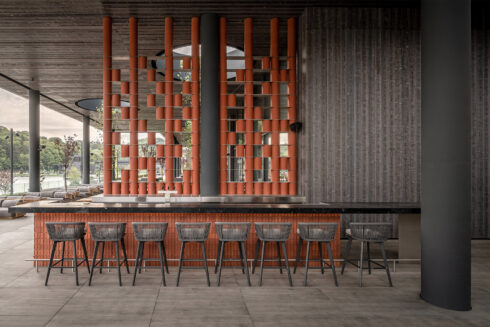
Thermory Design Awards is part of Thermory 25 celebrations for acknowledging and rewarding our...

Wood is a sustainable and versatile material with an almost limitless range of uses, including construction, tools, paper and fuel to name just a few. But...

Ensuring the highest quality with the smallest possible ecological footprint and responsible use of resources are all principles that we consider important...
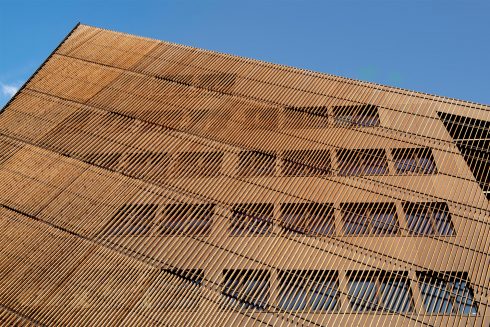
Throughout the history of architecture, surely no other material has been as influential as wood. It’s rare to see a building that’s been produced...
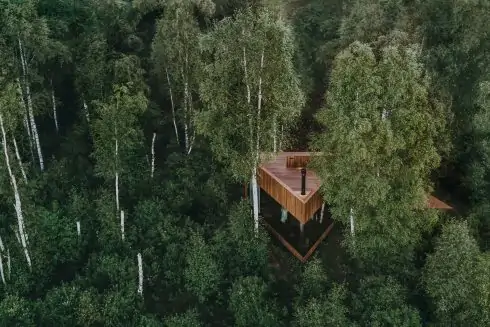
A trend is taking root in the worlds of architecture and interior design based on using natural materials and living plants to better...
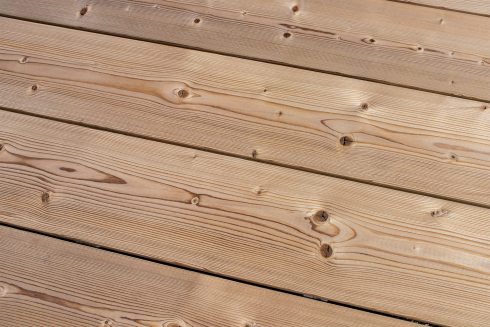
The wood-paneled interiors so common to mid-century homes have become sought after again, as many seek the warm, cozy feeling that the natural material...
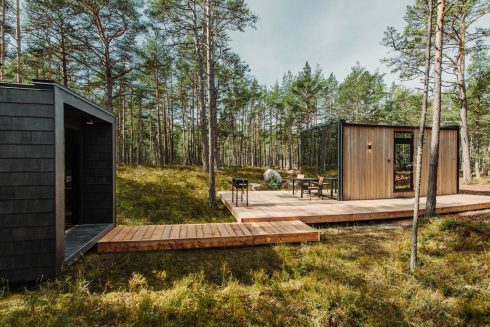
The tiny house movement has gained more momentum in the last decade, but why? It is based on tiny living: owning less so that what you own doesn’t own...